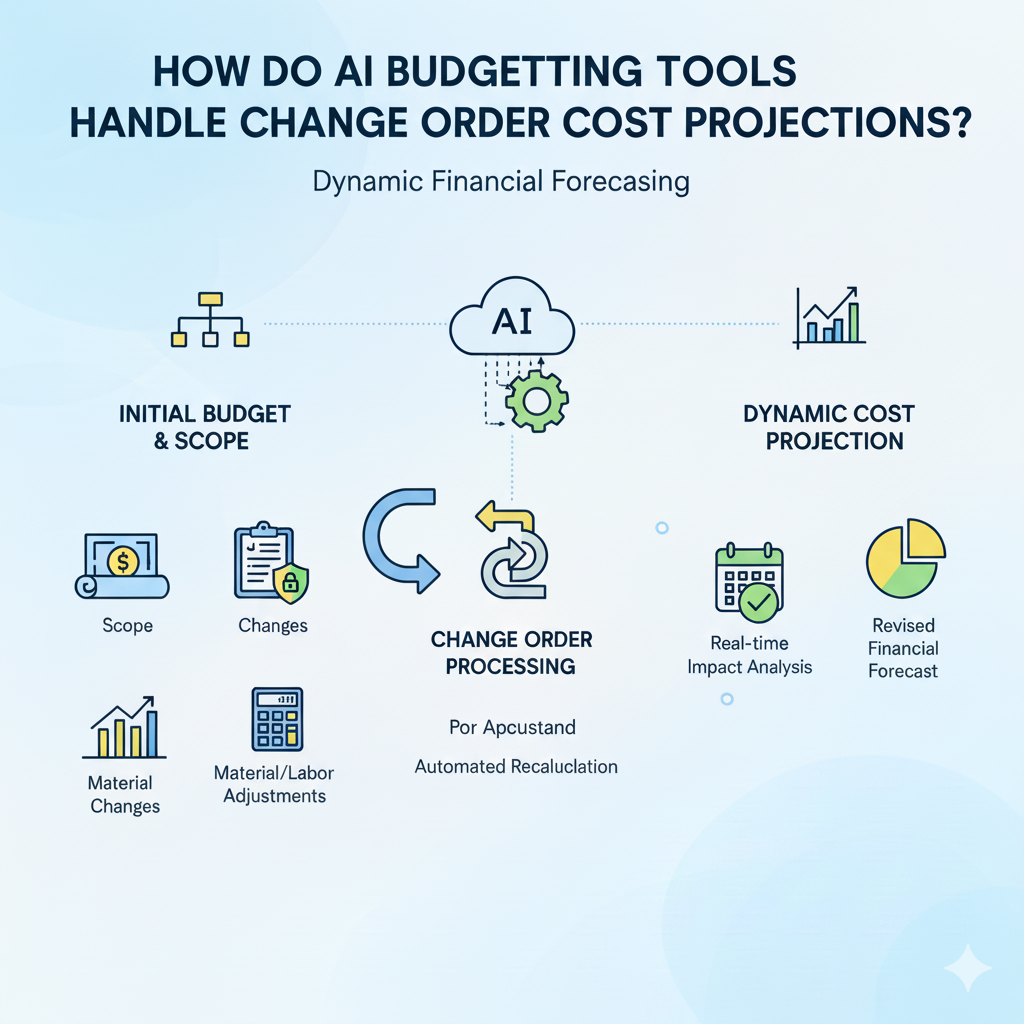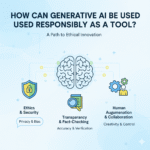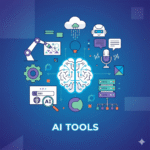In the world of project management especially in industries like construction, IT, or product development budgeting is never a straightforward process. Even the most carefully planned budgets can face surprises along the way. One of the biggest challenges project managers deal with is change orders the unexpected modifications, revisions, or additions that impact both cost and timelines.
Traditionally, managing these change orders meant a lot of manual number crunching, re-estimations, and approvals. But today, AI-powered budgeting tools are stepping in to make this process more accurate, faster, and smarter. Let’s dive into how these tools actually handle change order cost projections and why they’re becoming a game-changer for businesses.
What Are Change Orders and Why Do They Matter?
A change order is basically any adjustment to a project contract after it has already started. It could mean:
- Adding a new feature in software development.
- Redesigning part of a construction project.
- Extending deadlines because of unexpected delays.
- Adding extra manpower or materials mid-project.
Every change order directly impacts the budget. If not managed well, these costs can spiral out of control, leading to disputes, delays, and even project failures. That’s why accurate cost projections are critical.
Where Traditional Methods Fall Short
Before AI tools came into play, managers relied on:
- Manual spreadsheets that were prone to errors.
- Historical data that didn’t always match the current project.
- Gut-based estimates, which often led to under-budgeting.
This approach often caused overruns because real-time changes weren’t being factored in quickly enough.
How AI Budgeting Tools Step In
Generative AI and machine learning models are now being integrated into budgeting platforms. Here’s how they help in handling change order cost projections:
1. Real-Time Data Analysis
AI budgeting tools can pull data from ongoing project activities like material costs, labor hours, and market fluctuations. This means the moment a change order is proposed, the tool can analyze its financial impact instantly.
2. Scenario Simulation
Instead of guessing, AI can run what-if scenarios. For example, if a contractor adds new materials, the tool can simulate how much it will cost under different suppliers or labor conditions. This gives managers clear options before approving the change.
3. Historical Learning
AI learns from past projects. If previous change orders of a similar type ended up costing 15% more than expected, the tool can flag this and adjust projections accordingly. This reduces the risk of underestimation.
4. Automated Forecast Updates
Every time a change order is added, the AI tool can auto-adjust the entire project budget. This includes updating cost breakdowns, profit margins, and timeline projections—saving huge amounts of manual work.
5. Risk Detection
Some AI platforms even highlight risks associated with a change order. For example, if adding a new feature in software might delay delivery, the AI can show both cost and time impact, giving decision-makers a full picture.
AI in Action: Practical Example
Imagine a construction company using an AI budgeting tool. A change order comes in to switch from regular flooring to imported marble. The AI system would:
- Pull current marble prices from suppliers.
- Factor in added labor for installation.
- Recalculate delivery timelines.
- Compare these with previous projects that involved similar upgrades.
- Deliver a projected cost impact and timeline extension instantly.
This helps managers decide whether the client should approve, renegotiate, or decline the change order based on accurate numbers.
Benefits of Using AI for Change Order Projections
- Speed: No waiting for manual recalculations.
- Accuracy: Data-driven estimates reduce errors.
- Transparency: Stakeholders clearly see how costs are impacted.
- Efficiency: Less back-and-forth paperwork.
- Risk Management: Potential overruns are flagged early.
Limitations and Challenges
While AI budgeting tools are powerful, they’re not flawless. Some challenges include:
- Data dependency – If the tool doesn’t have access to updated market data, projections may be inaccurate.
- Learning curve – Teams need training to use AI features effectively.
- Context gaps – AI might not understand special cases (like sudden government regulation changes) without human input.
This is why a hybrid approach—AI projections combined with human judgment—works best.
The Future of AI Budgeting in Change Orders
Looking ahead, AI tools will likely become even more advanced by:
- Integrating with IoT devices (like sensors on construction sites).
- Using predictive analytics to forecast cost overruns before they happen.
- Offering natural language interfaces where managers can simply ask, “How will this change affect my budget?”
As projects get more complex, AI will play a crucial role in keeping budgets realistic, transparent, and adaptable.
Conclusion
Change orders are unavoidable in any large project, but they don’t have to cause financial chaos. AI budgeting tools make it possible to handle change order cost projections with real-time accuracy, data-backed insights, and transparent forecasting.
While they won’t replace human decision-making, these tools empower managers to make smarter choices and keep projects financially on track. In today’s competitive environment, adopting AI for budgeting isn’t just an advantage it’s becoming a necessity.



Pingback: What Is the Best AI Humanizer Tool? - PratsDigital
Pingback: What Are the Best AI Tools for Analyzing Retinal Images? - PratsDigital